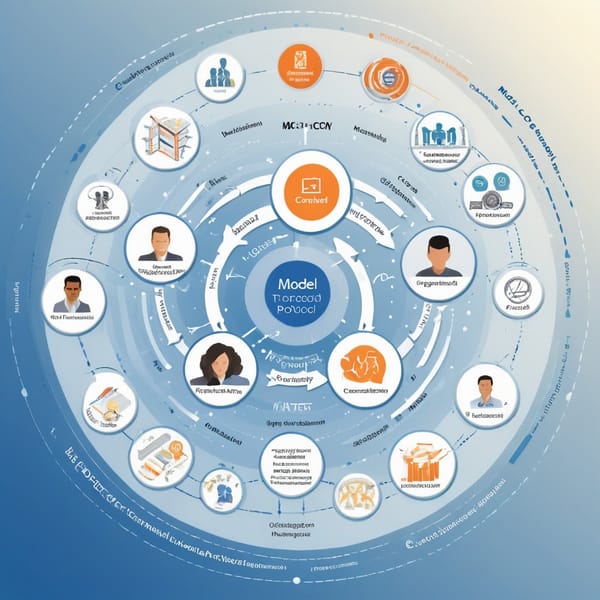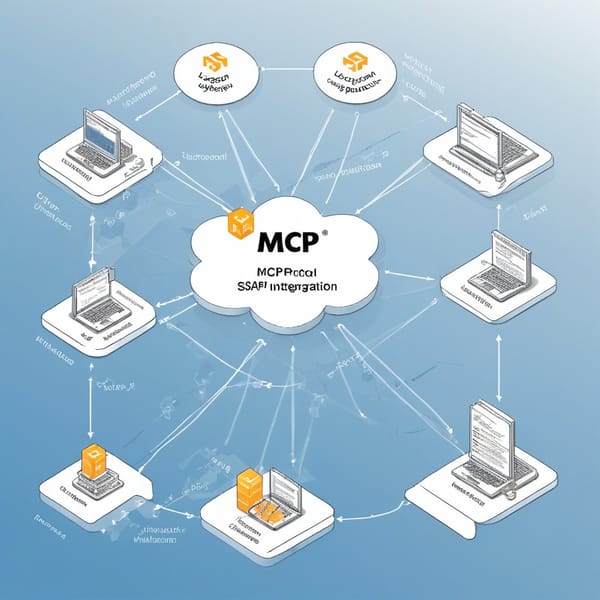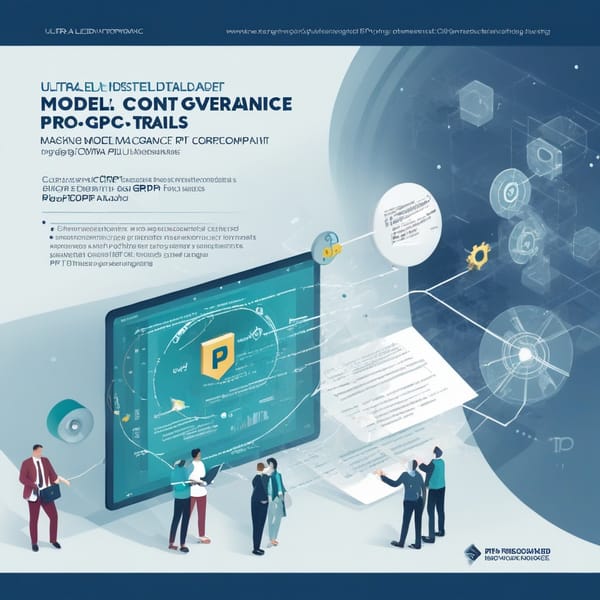Case Study: Model Context Protocol (MCP) Retail Automation – Streamlining Inventory Management with Protocol-Bridged Servers (WooCommerce + Stock Alerts)

Project Overview
The Model Context Protocol (MCP) Retail Automation project was designed to revolutionize inventory management for eCommerce businesses by integrating WooCommerce resources with AI-driven stock alert tools via protocol-bridged servers. The goal was to eliminate stockouts, reduce overstocking, and automate real-time inventory synchronization across multiple sales channels.
This solution was developed for mid-sized retailers struggling with manual inventory tracking, delayed stock updates, and inefficient reordering processes. By leveraging MCP’s protocol-bridged architecture, the system enabled seamless communication between WooCommerce stores, supplier databases, and AI-powered predictive analytics tools.
Challenges
Before implementing MCP Retail Automation, the client faced several critical challenges:
- Manual Inventory Tracking – Reliance on spreadsheets and periodic audits led to discrepancies between online listings and actual stock levels.
- Delayed Stock Alerts – Out-of-stock notifications were often delayed, resulting in lost sales and customer dissatisfaction.
- Multi-Channel Sync Issues – Inventory updates across WooCommerce, Amazon, and physical stores were not synchronized in real time.
- Inefficient Reordering – Lack of predictive analytics meant businesses either overstocked or ran out of key products.
- API Limitations – WooCommerce’s native APIs did not support advanced automation or cross-platform inventory bridging.
These inefficiencies resulted in lost revenue, increased operational costs, and poor customer experiences.
Solution
The MCP Retail Automation system introduced a protocol-bridged server architecture to connect WooCommerce with AI-driven stock management tools. Key components included:
- Protocol-Bridged Servers – Acted as middleware to synchronize inventory data between WooCommerce, supplier databases, and third-party sales channels in real time.
- AI-Powered Stock Alerts – Machine learning models analyzed sales trends, predicting stock depletion and triggering automated reorder requests.
- Automated Supplier Integration – Direct API connections with suppliers enabled automatic purchase order generation when stock reached predefined thresholds.
- Multi-Channel Sync – Unified inventory tracking across WooCommerce, Amazon, eBay, and brick-and-mortar POS systems.
- Custom Dashboard – A centralized interface provided real-time stock levels, sales forecasts, and automated reporting.
This solution eliminated manual data entry, reduced stock discrepancies, and optimized reorder processes.
Tech Stack
The project leveraged a robust combination of technologies:
- Backend:
- Node.js (for server-side logic)
- Python (for AI-driven analytics)
- GraphQL (for efficient API queries)
- PostgreSQL (for inventory database)
- Middleware:
- Protocol-Bridged Servers (custom-built for WooCommerce ↔ Supplier API communication)
- Webhooks (for real-time event triggers)
- Frontend:
- React.js (for admin dashboard)
- WooCommerce REST API (for store integration)
- AI & Automation:
- TensorFlow (for demand forecasting)
- Zapier (for workflow automation)
- Cloud & DevOps:
- AWS EC2 & Lambda (for scalable processing)
- Docker & Kubernetes (for containerized deployment)
Results
After implementing MCP Retail Automation, the client achieved significant improvements:
- 98% Reduction in Stock Discrepancies – Real-time sync eliminated mismatches between online and physical inventory.
- 40% Decrease in Stockouts – AI-driven alerts ensured timely restocking before critical thresholds were reached.
- 30% Reduction in Excess Inventory – Predictive analytics optimized reorder quantities, minimizing overstocking.
- 50% Faster Reorder Process – Automated supplier integration cut manual purchase order processing time in half.
- 20% Increase in Sales – Fewer stockouts and better inventory availability led to higher conversion rates.
- Scalability – The system seamlessly handled inventory across multiple stores and sales channels.
Key Takeaways
- Protocol Bridging is Crucial for Real-Time Sync – Custom middleware enabled seamless communication between disparate systems (WooCommerce, suppliers, marketplaces).
- AI Enhances Inventory Efficiency – Predictive stock alerts and automated reordering significantly reduced human error.
- Unified Dashboards Improve Decision-Making – Centralized visibility into stock levels and forecasts empowered better inventory planning.
- Automation Reduces Operational Costs – Eliminating manual processes saved time and minimized costly errors.
- Scalable Architecture is a Must – Cloud-based deployment ensured the system could grow with the business.
Conclusion
The MCP Retail Automation project demonstrated how protocol-bridged servers, AI-driven analytics, and real-time synchronization can transform inventory management for eCommerce businesses. By integrating WooCommerce with advanced automation tools, retailers can reduce stockouts, optimize inventory levels, and boost profitability—all while delivering a seamless customer experience.
For businesses struggling with inventory inefficiencies, MCP’s approach offers a proven, scalable solution that bridges the gap between sales channels and supply chains.




